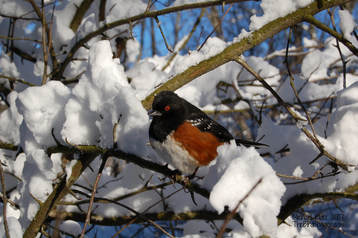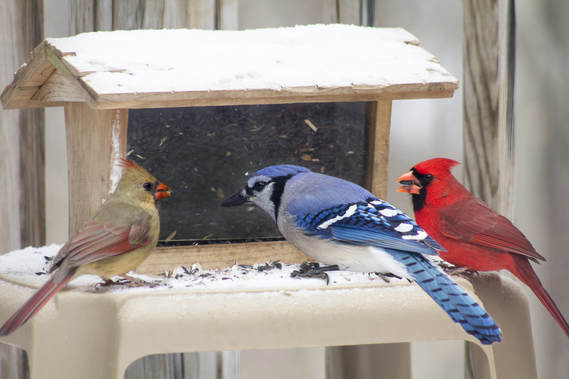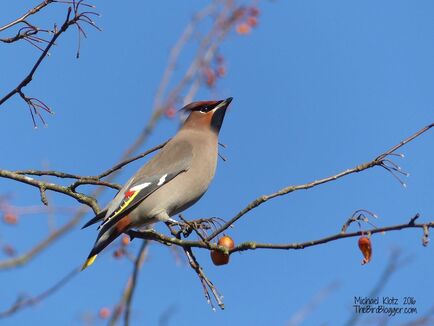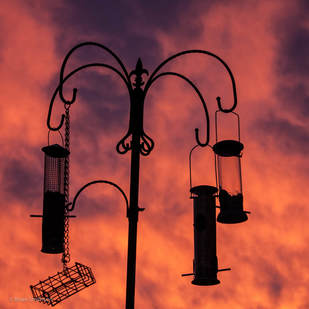The Intro
The Commoners

The Old Stand By
The Menu
The Un-seeded

The Greenery
The Location, Location, Location
|
It will make an enormous difference to your visitors where you place your feeders, fountains and ferns. Depending on the birds you are attracting, allow for some shade and sun so that birds can choose one or the other depending on the day. Give easy access but ensure its close enough to an escape route as feeders are used by little birds as well as large birds that have little birds for dinner. More importantly birds need to find an escape from cats, but also remember to keep feeders far enough away so cats can’t use the same bush to surprise unsuspecting dinner guests. Don’t place items like feeders too close to large windows to avoid window strikes. To help ensure that birds aren’t striking windows at all, place some window silhouettes up to warn of the danger.
|


